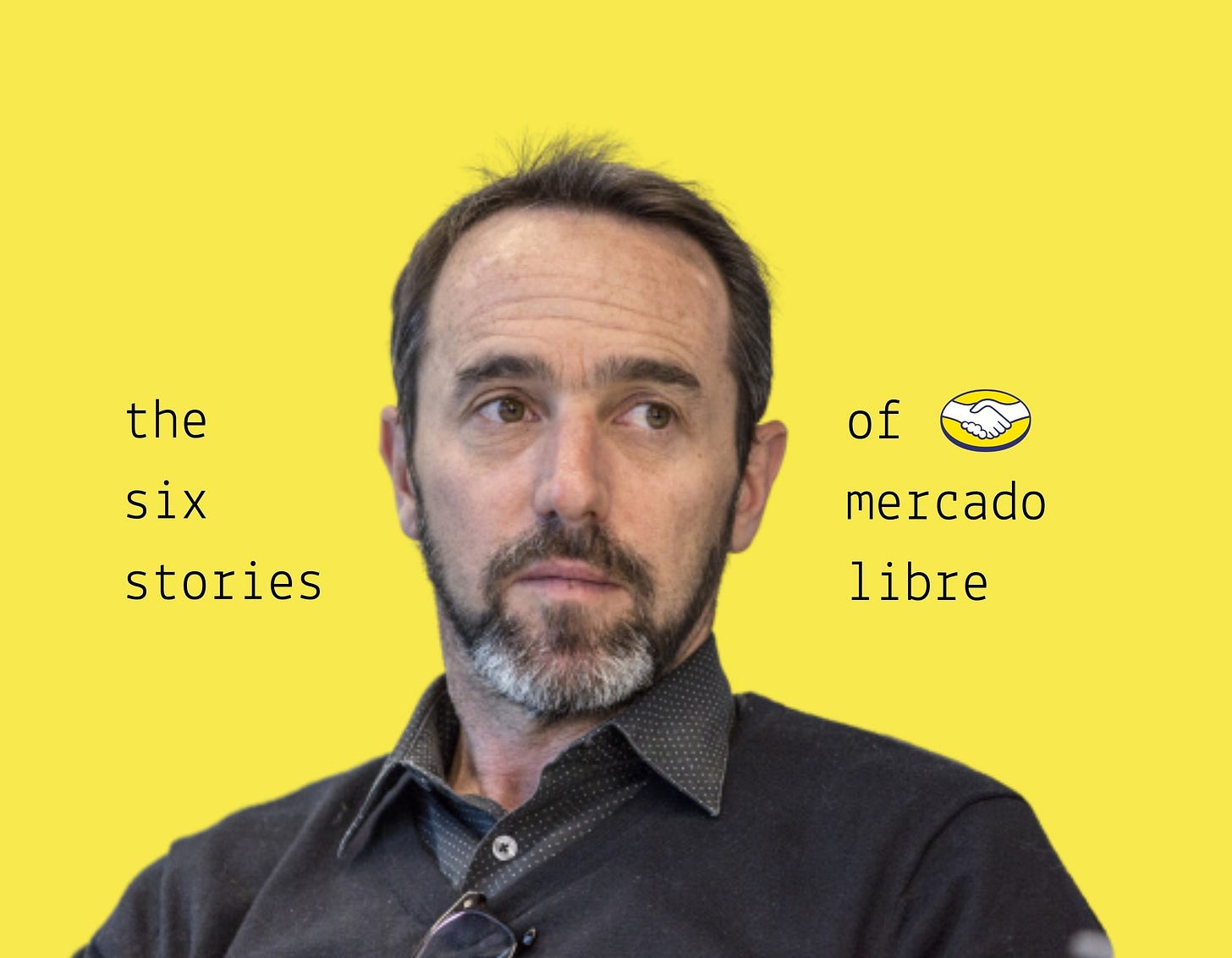The Six Stories of Mercado Libre
Latin America's largest e-commerce company is a Borgesian perplexity.
I would like to tell you six stories.
None are mine.
One belongs to Marcos Galperin. The other five, Jorge Luis Borges.
Perhaps one of these names means something to you; perhaps both; perhaps neither. Marcos Galperin is a businessman from Buenos Aires who is alive. Jorge Luis Borges is a writer from the same city who is dead.
(It is theoretically possi…

